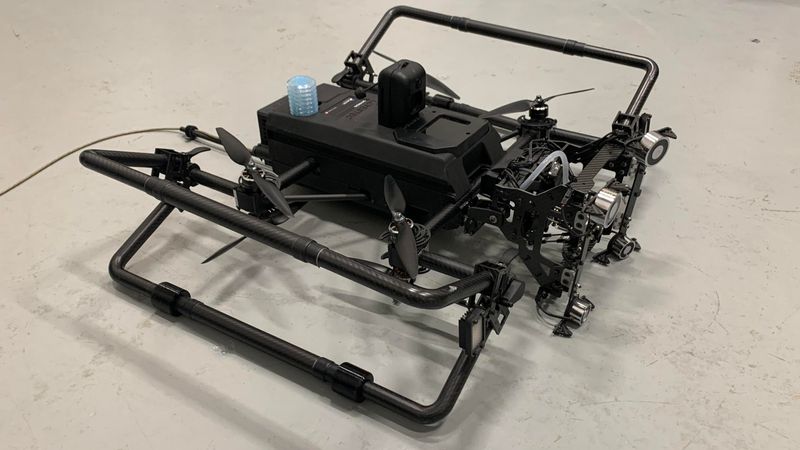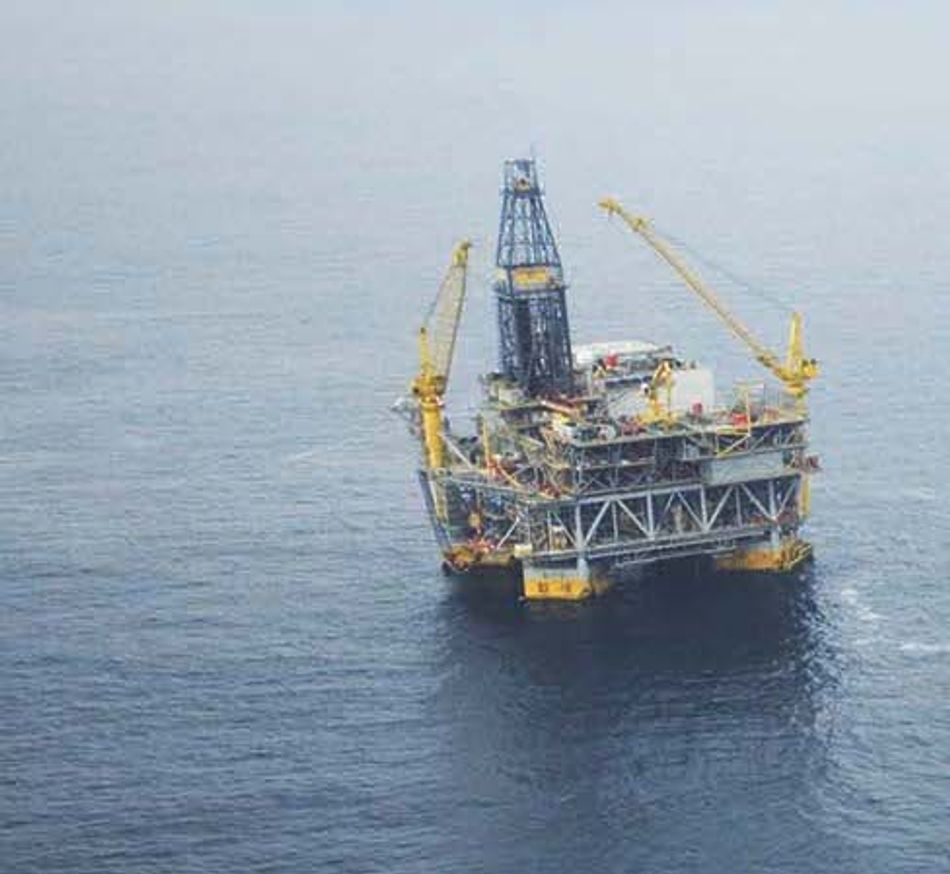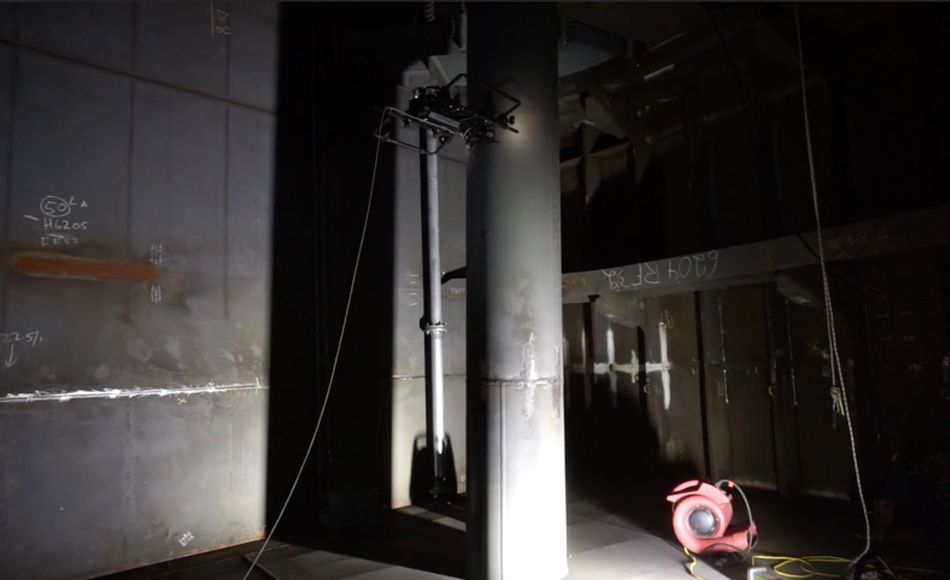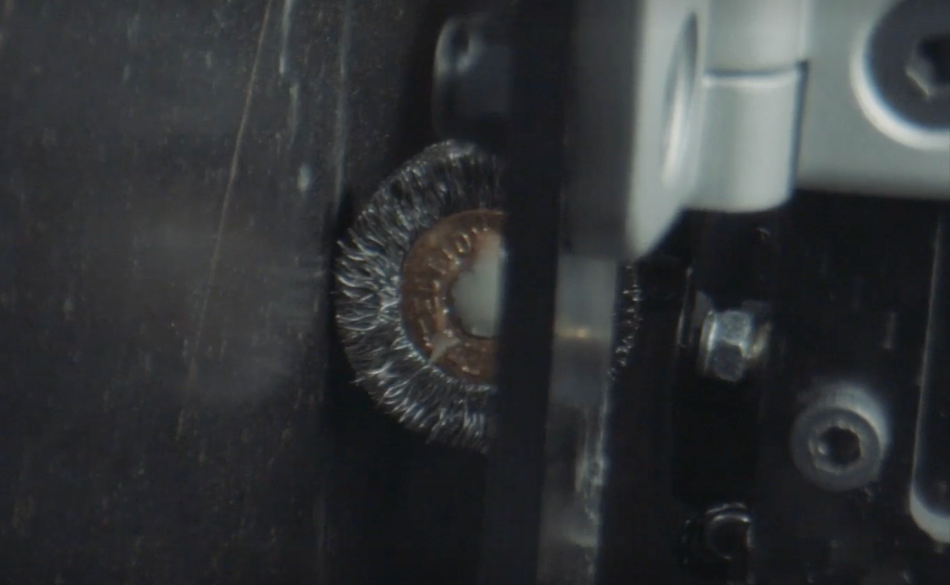First Flying Robot on an Offshore Platform
Earlier this year, SKYRON was the first flying robot to perform contact-based NDT inspection on an offshore platform.

SKYRON UT
Earlier this year, SKYRON was the first flying robot to perform contact-based Non-Destructive Testing (NDT) inspection on an offshore platform. The inspected offshore platform, a large, isolated structure surrounded by water, is one of the largest in the world. Such robotic NDT inspection ensured the crew's safety compared to conventional methods.
In conventional NDT inspection, inspectors use rope access for difficult-to-reach spots on offshore platforms. Rope access grants accessibility to locations; however, it costs unnecessary time and money, and even more, the method puts inspectors in dangerous positions.
SKYRON offers a safe, timely, and cost-efficient solution for NDT inspection. The Tethered Flying Robot only needs a two-member crew to conduct a contact-based and visual inspection. SKYRON performs contact-based examination by attaching to the targeted surfaces, providing a secure and stable placement for accurate measurements.
The offshore tank's hot temperature and high humidity made the inspection mission more challenging. Operation in a humid environment at temperatures greater than 35° C can cause heat exhaustion risks, potentially leading to heat stroke. The inspectors knew that they had to use as little movement as possible. If the job used conventional methods, the inspection team would need to move scaffolding equipment down the hatch, set it up, and climb to reach the required measurement location. Thankfully, the inspectors using SKYRON did not require the same amount of physical effort. After entering the confined space with the equipment, the Avestec crew set SKYRON up, and within fifteen minutes, it was flying. The inspectors piloted and inspected the asset from a safe distance. The inspection was complete with no interventions due to heat or humidity.
The surface condition had metallic dust on it; the access debris created obstructive material and air pockets between an Ultrasonic Gauge and the asset. If not dealt with, this obstruction on the surfaces would lead to inaccurate thickness readings. To overcome the challenge, SKYRON used its onboard surface preparation mechanisms. The wire brush can remove rust and debris from the target surface thanks to the very high rotational speeds. After cleaning, couplant gel is dispenses, and accurate UT measurement is performed. On the offshore platform, the inspectors used the brush system successfully. They repeatedly removed the metallic dust and conducted accurate readings.
The outcome of the first flying robot inspection on an offshore platform was promising. Inspectors completed the job in a humid and hot environment without concern of heat exhaustion. Furthermore, they could remove the obstructive debris that was initially a cause of the problem. This successful inspection on an offshore platform promises a future with more possibilities for efficient and safe robotic NDT inspections.
Recommended reading: Intelligent Flying Robots in Non-Destructive Testing


